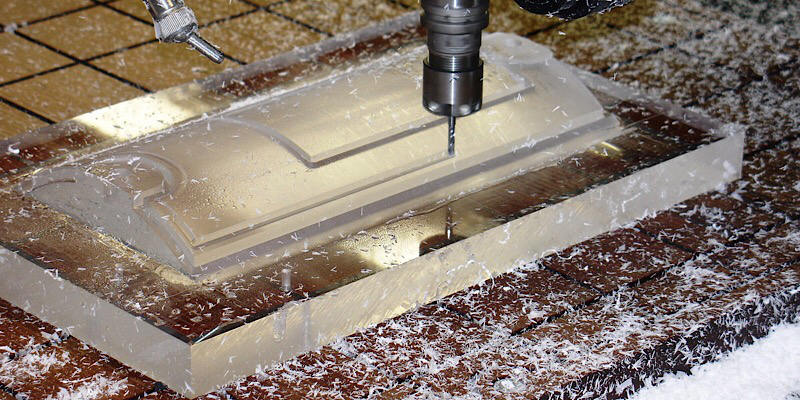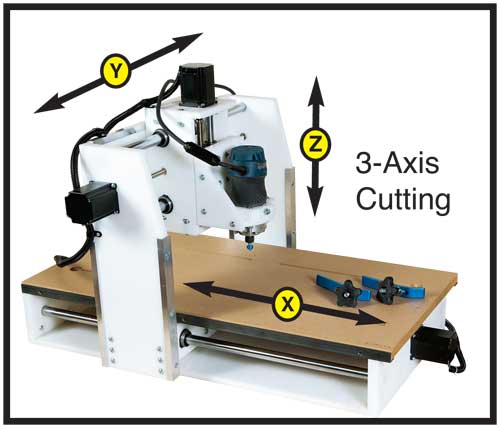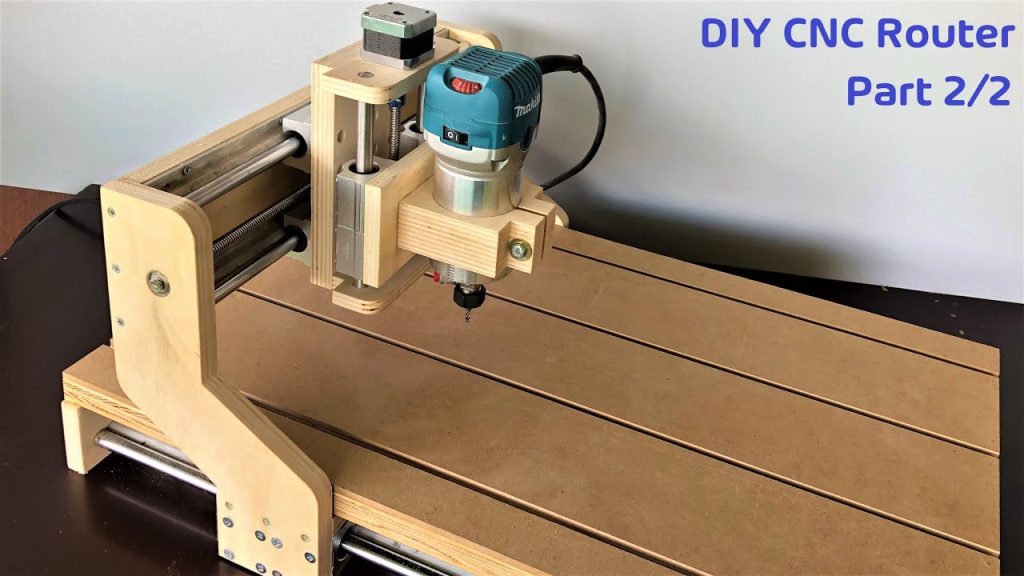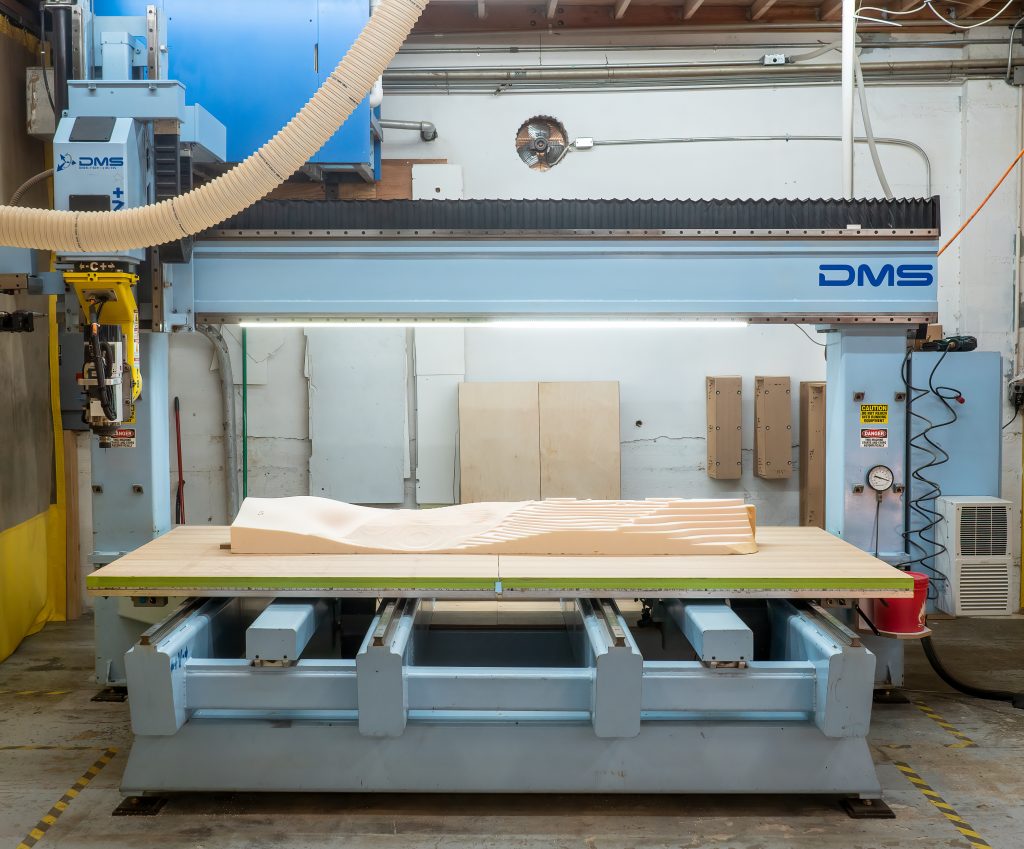Table of Contents
CNC routers are often used for cutting and carving materials like wood, plastic, and even metals. But can you CNC router thin acetate? This is a question that many people have asked, and the answer is not as straightforward as you might think.
Acetate is a lightweight and flexible plastic material that is commonly used in the packaging, printing, and fashion industries. It is also a popular material for making DIY crafts and decorations. While acetate can be cut and engraved with a CNC router, achieving the right thickness can be a challenge. In this article, we will explore the possibilities and limitations of CNC routing thin acetate, and offer some tips for achieving the best results.
Can You CNC Router Thin Acetate?
Acetate is a material that is widely used in the production of various products, from eyeglass frames to packaging materials. One question that is often asked about this material is whether or not it can be CNC routed when it is thin. In this article, we will explore this question in detail and provide you with everything you need to know about CNC routing thin acetate.
What is CNC Routing?
CNC routing is a process that involves cutting various materials using a computer-controlled machine. It is a highly precise and efficient method of manufacturing that is used in a wide range of industries. In the case of acetate, CNC routing is often used to create intricate designs and shapes that would be difficult or impossible to achieve using traditional manufacturing methods.
When it comes to CNC routing thin acetate, the process is essentially the same as CNC routing thicker materials. However, there are a few important factors that need to be taken into consideration to ensure a successful outcome.
Factors to Consider When CNC Routing Thin Acetate
When CNC routing thin acetate, there are a few key factors that need to be considered to ensure a successful outcome. These include:
1. Material Thickness
The thickness of the acetate material is an important factor to consider when CNC routing. Thinner materials require a different approach than thicker materials, as they are more fragile and prone to breaking during the routing process.
2. Cutting Speed
The cutting speed of the CNC router is another important factor to consider when working with thin acetate. A slower cutting speed is generally recommended for thinner materials to reduce the risk of breakage and ensure a clean cut.
3. Bit Selection
Choosing the right cutting bit is crucial when CNC routing thin acetate. A smaller bit is generally recommended for thinner materials, as it allows for greater precision and reduces the risk of breakage.
Benefits of CNC Routing Thin Acetate
CNC routing thin acetate offers a number of benefits, including:
1. Precision
CNC routing allows for highly precise cuts and designs, which is especially important when working with thin materials.
2. Efficiency
CNC routing is a highly efficient manufacturing method that allows for the creation of complex designs and shapes in a relatively short amount of time.
3. Versatility
CNC routing can be used to create a wide range of designs and shapes, making it a highly versatile manufacturing method.
CNC Routing Thin Acetate vs. Other Methods
When it comes to manufacturing thin acetate products, there are a few different methods to choose from. These include CNC routing, laser cutting, and traditional cutting methods. Here’s how CNC routing compares to these other methods:
CNC Routing vs. Laser Cutting
Both CNC routing and laser cutting can be used to create highly precise cuts in thin acetate. However, CNC routing is generally considered to be more versatile and can be used to create a wider range of designs and shapes.
CNC Routing vs. Traditional Cutting Methods
Traditional cutting methods, such as manual cutting or using a punch press, can be used to create simple shapes and designs in thin acetate. However, these methods are generally less precise and efficient than CNC routing.
Conclusion
In summary, CNC routing thin acetate is a highly precise and efficient manufacturing method that offers a wide range of benefits. While there are a few important factors to consider when working with thin acetate, the process is essentially the same as CNC routing thicker materials. Whether you’re creating eyeglass frames, packaging materials, or other products, CNC routing can help you achieve the precise and intricate designs you’re looking for.
Frequently Asked Questions
In this section, we will answer some of the most commonly asked questions about CNC router and acetate. If you are interested in using a CNC router to cut thin acetate, you’ll want to read on.
Can You CNC Router Thin Acetate?
Yes, you can use a CNC router to cut thin acetate. However, you will need to take some precautions to ensure that you get the best results. First, you will need to use a very sharp cutting tool. This will help to prevent the acetate from melting or warping during the cutting process. You should also use a low cutting speed and a high feed rate to minimize heat buildup.
Another important factor to consider when cutting thin acetate with a CNC router is the thickness of the material. Ideally, you should use acetate that is no thicker than 0.25mm. Thicker material may be more difficult to cut accurately, and it may also require a higher cutting speed and lower feed rate, which can increase the risk of melting or warping.
What Type of Cutting Tool Should You Use?
When cutting thin acetate with a CNC router, you should use a cutting tool that is specifically designed for cutting plastic. A diamond or carbide cutting tool is a good choice, as these materials are very hard and durable. You should also ensure that the cutting tool is sharp, as a dull tool can cause the acetate to melt or warp during cutting.
When selecting a cutting tool, you should also consider the size and shape of the tool. A small tool with a pointed tip may be more suitable for intricate cuts, while a larger tool with a flat tip may be better for cutting straight lines or curves.
What Speed and Feed Rate Should You Use?
When cutting thin acetate with a CNC router, you should use a low cutting speed and a high feed rate. This will help to minimize heat buildup and reduce the risk of melting or warping. A cutting speed of around 10,000 RPM and a feed rate of around 20 inches per minute is a good starting point, but you may need to adjust these settings depending on the thickness and quality of the acetate.
It’s also important to monitor the temperature of the cutting tool and the acetate during the cutting process. If you notice any signs of melting or warping, you should stop the cutting process immediately and adjust the speed and feed rate as needed.
What Other Precautions Should You Take?
In addition to using a sharp cutting tool and the correct speed and feed rate, there are a few other precautions you should take when cutting thin acetate with a CNC router. First, you should ensure that the acetate is securely clamped down to the cutting table to prevent it from moving during the cutting process.
You should also keep the cutting area clean and free from dust and debris, as this can cause the cutting tool to become dull and increase the risk of melting or warping. Finally, you should wear appropriate safety equipment, such as eye protection and gloves, to protect yourself from any flying debris or sharp edges.
What Are Some Creative Uses for CNC Cut Acetate?
Once you have successfully cut thin acetate with your CNC router, there are many creative ways you can use the material. Acetate can be used to create a variety of decorative and functional items, such as stencils, templates, jewelry, and accessories.
You can also experiment with different colors and finishes of acetate, such as clear, frosted, or metallic, to create unique and eye-catching designs. Whether you are a hobbyist, artist, or designer, CNC cut acetate is a versatile and exciting material to work with.
In conclusion, the answer to the question of whether you can CNC router thin acetate is a bit complex. While it is technically possible, there are some important considerations to keep in mind before attempting it.
Firstly, the thickness of the acetate sheet is crucial. If it is too thin, it may warp or deform during the routing process. Additionally, the type of router and cutting tool used can also impact the success of the project.
That being said, with the right equipment and precautions, CNC routing thin acetate can produce stunning and intricate designs for a variety of applications. So, if you are up for the challenge, don’t be afraid to experiment and see what you can create!
Request a quote today!
[contact-form-7 id="1578" title="Contact form"]
Please compress the file into a ZIP or RAR file before uploading. Alternatively, send through your RFQ by email.
enquires@unitymanufacture.com





